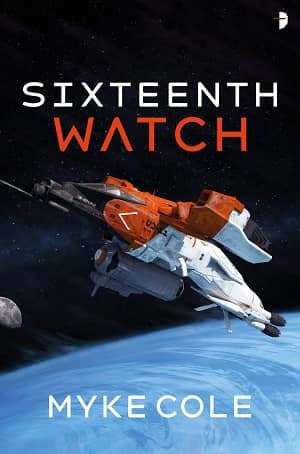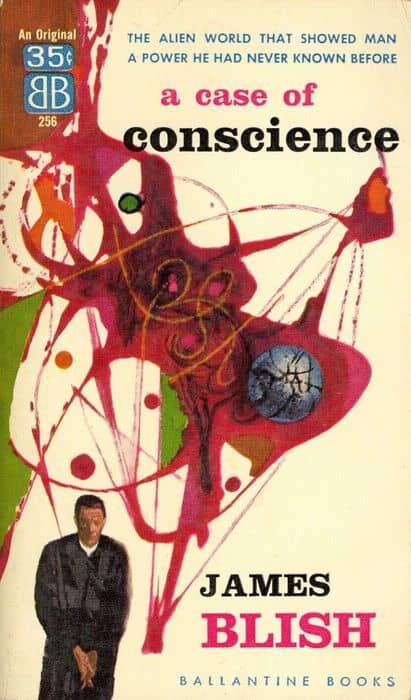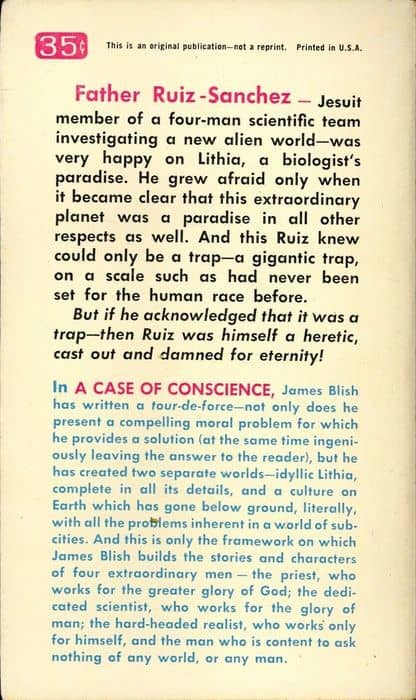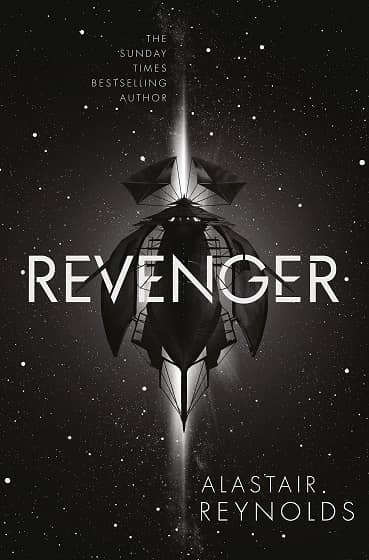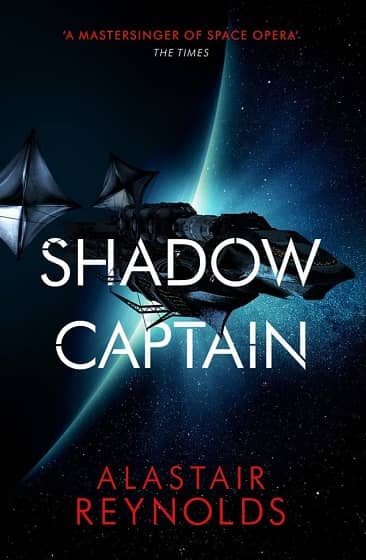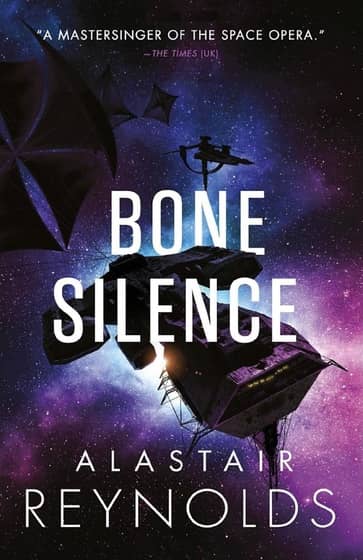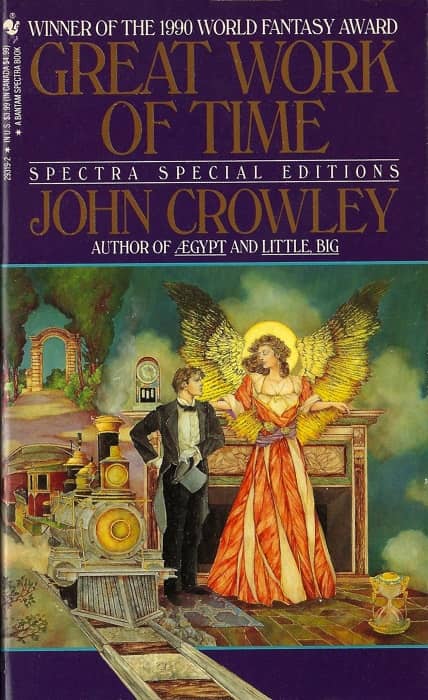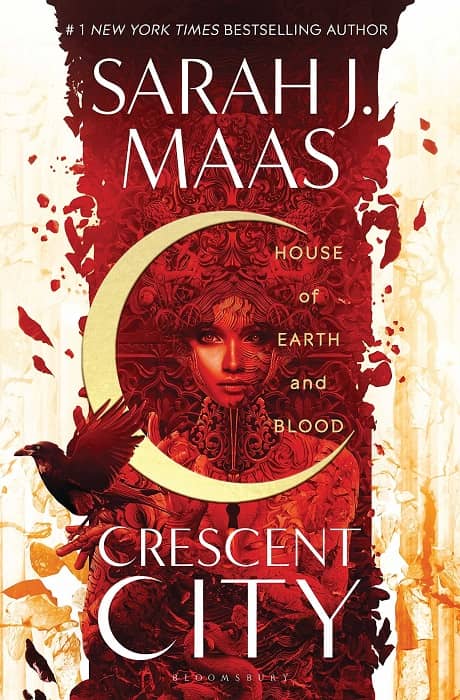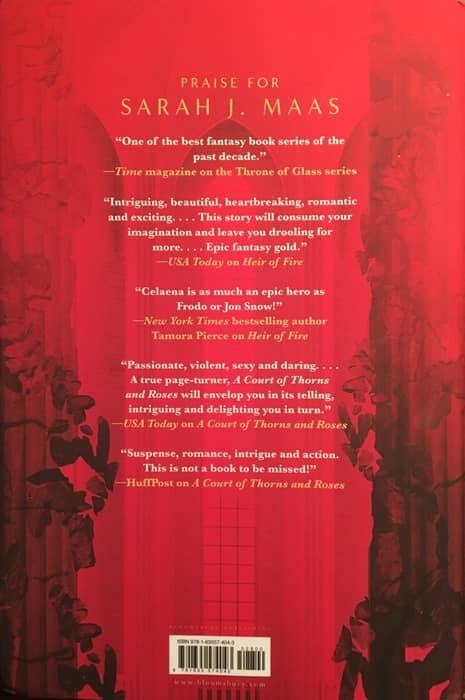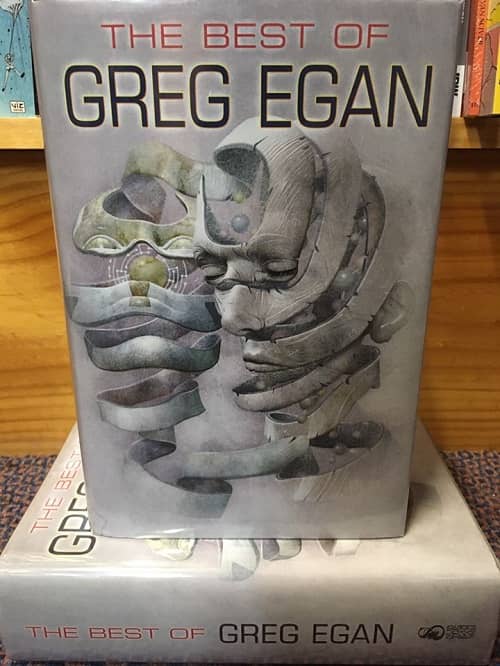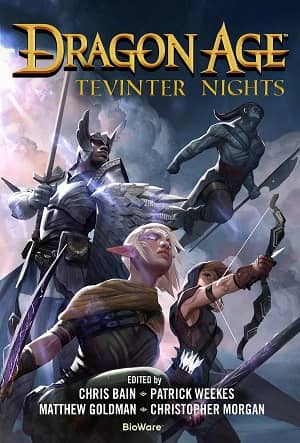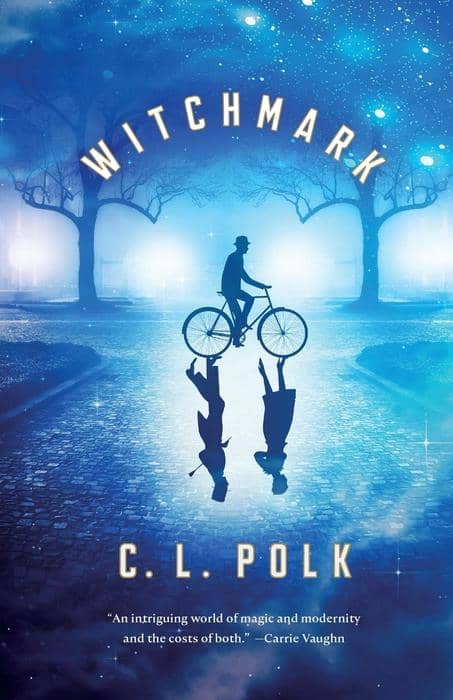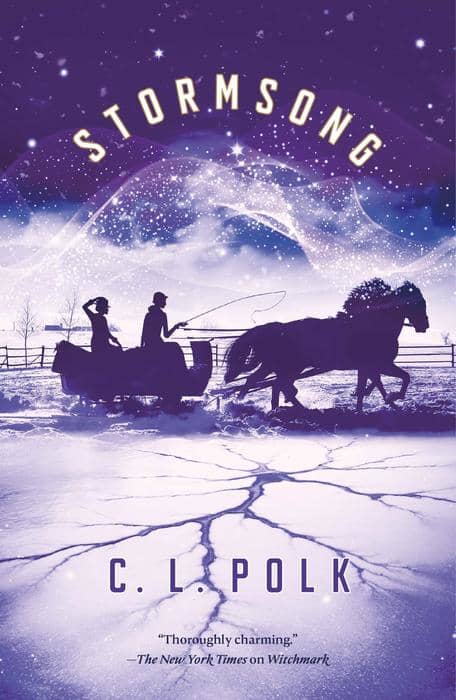An Exuberant Celebration of a Century of Fantasy: Flame and Crimson: A History of Sword-and-Sorcery by Brian Murphy
 |
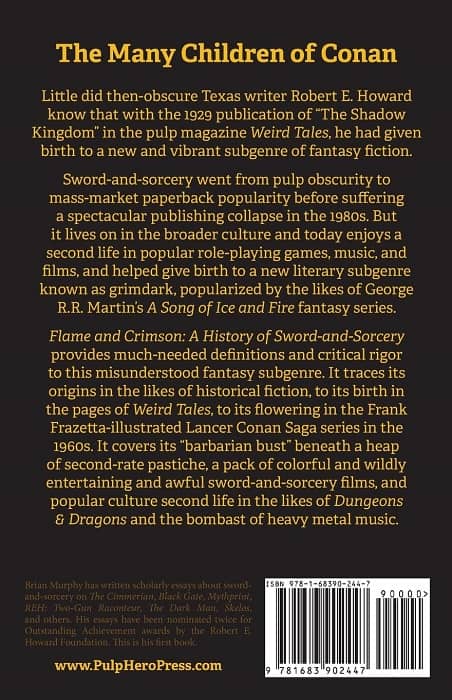 |
Cover by Tom Barber
Brian Murphy was one of the most important of Black Gate‘s early contributors. In 59 articles published between 2010 and 2017, he thoughtfully asked what fantasy was good for (“Transcendent Fantasy, or Politics as Usual?“), suggested classic S&S tales for busy modern readers (“Six Sought Adventure: A Half-Dozen Swords And Sorcery Short Stories Worth Your Summer Reading Time“), and vividly recalled the joys of discovering fantasy in the 70s (“An Ode to the Berkley Medallion Conans“).
I can’t think any anyone more qualified to write Flame and Crimson: A History of Sword-and-Sorcery, an impeccably well researched study — and simultaneously an exuberant celebration — of a century of great fantasy. Here’s a representative sample from the Underground, Resurgence, and New Directions chapter, which is packed with enthusiastic recs for those looking for modern writers worth paying attention to.
Other notable recent sword-and sorcery/sword-and-sorcery-infleunced authors and stories include James Enge’s Morlock the Maker series, including Blood of Ambrose (2009), This Crooked Way (2009), and The Wolf Age (2010), and Paul Kemp’s Egil and Nix stories including The Hammer and the Blade (2012), A Discourse in Steel (2013) and A Conversation in Blood (2017)…. the episodic, street-level adventures of the outsider Moorlock [sic] — a spellcaster and black-blade wielder harkening back to Elric, albeit with more heart and humor — returns it to its sword-and-sorcery roots. Kemp is perhaps best known for his work writing fictional tie-ins to the Dungeons and Dragons campaign setting The Forgotten Realms.
When I asked Brian about writing the book, his reply was characteristically thoughtful and humble. Here’s what he said.

